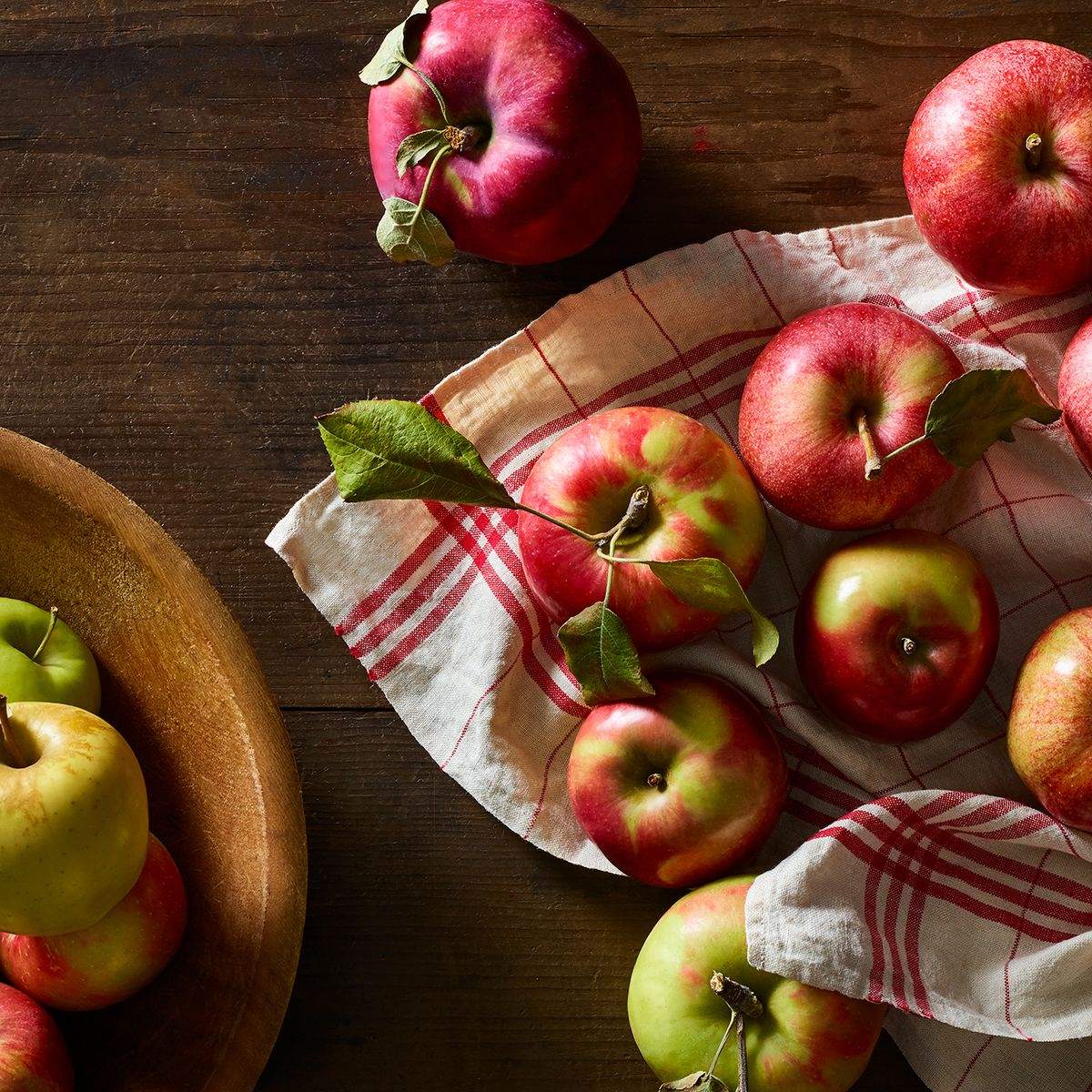

Articles
How To Store Apples Without Refrigeration
Modified: February 23, 2024
Discover the best methods for storing apples without the need for refrigeration in this informative articles. Keep your apples fresh and delicious for longer periods.
(Many of the links in this article redirect to a specific reviewed product. Your purchase of these products through affiliate links helps to generate commission for Storables.com, at no extra cost. Learn more)
Introduction
Apples are a popular fruit that can be enjoyed in a variety of ways, from eating them fresh to using them in pies, sauces, and salads. However, if you find yourself with an abundance of apples and no refrigerator space, you may be wondering how to store them without compromising their freshness and taste.
The good news is that there are several factors and methods to consider when storing apples without refrigeration. From selecting the right apple varieties to preparing them for storage and choosing the ideal storage location, you can ensure that your apples stay delicious and crisp for an extended period.
In this article, we will explore the different aspects of storing apples without refrigeration. Whether you have a small backyard orchard or a bountiful harvest from a local farm, these tips and techniques will help you enjoy your apples for weeks or even months after they are picked.
Before we dive into the details, it’s important to note that while storing apples without refrigeration is possible, it is not as effective as storing them in a cool and controlled environment. Refrigeration helps maintain the freshness and flavors of apples for a longer duration. However, if you don’t have access to a refrigerator or need alternative storage solutions, the following methods can still help you preserve your apples to some extent.
Now that we’ve covered the basics, let’s explore the factors you need to consider when storing apples without refrigeration.
Key Takeaways:
- Properly preparing and selecting the right apple varieties, along with utilizing suitable storage methods and containers, can help extend the shelf life of apples without refrigeration. By monitoring and maintaining storage conditions, you can enjoy fresh apples for an extended period.
- Implementing preventative measures to protect apples from pests and diseases, along with considering additional tips for extending shelf life, can further enhance the longevity and quality of stored apples. With careful attention to storage and handling, you can savor delicious apples beyond their harvest.
Read more: How To Store Apples In Refrigerator
Factors to Consider when Storing Apples without Refrigeration
When it comes to storing apples without refrigeration, there are several key factors to keep in mind to ensure the longevity and quality of your fruit. Here are the important considerations:
- Ripeness: It’s crucial to store apples when they are at the right stage of ripeness. If they are too ripe, they may not last as long, and if they are not ripe enough, they may not develop their full flavor. Look for apples that are firm and have bright, vibrant colors.
- Disease and Damage: Apples with any signs of disease or damage should not be stored, as they are more likely to spoil quickly and can affect neighboring apples. Inspect your apples carefully for any cuts, bruises, or mold, and separate them for immediate consumption.
- Variety: Not all apple varieties are suitable for long-term storage without refrigeration. Some varieties, such as Granny Smith, Fuji, and Braeburn, have a better shelf life and hold up well outside of the refrigerator. Research and choose apple varieties known for their storage capabilities.
- Temperature: While you may not have access to refrigeration, it is still important to store your apples in a cool location. Apples tend to last longer in temperatures between 30°F (-1°C) and 40°F (4°C). Avoid storing them in areas that are prone to extreme heat or direct sunlight.
- Humidity: Apples require a moderate level of humidity to prevent them from drying out or becoming too moist. Aim for a humidity level between 90% and 95%. You can achieve this by storing them in a cool cellar or by using other methods, which we will explore later in the article.
- Air Circulation: Proper air circulation is crucial in maintaining the freshness of stored apples. Allow for some air movement around the apples to prevent the buildup of moisture and potential spoilage. Avoid tightly sealing them in plastic bags or containers.
By considering these factors, you can ensure that your apples have the best chances of staying fresh and flavorful for an extended period. In the next section, we will discuss the apple varieties that are well-suited for storage without refrigeration.
Selecting the Right Apple Varieties for Storage
Not all apple varieties are created equal when it comes to storage without refrigeration. Some varieties are naturally better at maintaining their texture and flavor for an extended period, making them ideal choices for long-term storage. Here are a few apple varieties that are known for their storage capabilities:
- Granny Smith: Known for its tart and crisp flavor, Granny Smith apples are excellent for storage. They have a firm texture that holds up well over time, making them a popular choice for baking.
- Fuji: Fuji apples have a sweet and juicy flavor and a dense texture that keeps them fresh for several months. They are a great option if you prefer sweeter apples.
- Braeburn: With its distinct combination of sweet and tangy flavors, Braeburn apples are perfect for both eating fresh and storing. They have a firm texture that holds up well in storage.
- Rome Beauty: Rome Beauty apples are often used for baking, as they retain their shape well. They have a mildly sweet flavor and a slightly grainy texture, making them a popular choice for pies and sauces.
- Stayman/Winesap: Stayman or Winesap apples have a complex and tangy flavor that improves with storage. They have a dense texture and excellent keeping qualities, making them perfect for long-term storage.
When selecting apples for storage, choose those that are ripe but not overly soft or bruised. Look for apples that are free from disease or damage, as compromised apples can affect the quality of neighboring ones.
It’s worth noting that while these varieties are known for their storage capabilities, different factors such as growing conditions and ripeness can influence how long they last. It’s a good idea to experiment with different apple varieties to find the ones that work best for your storage needs.
Now that you know which apple varieties are suitable for storage, let’s move on to preparing the apples for storage in the next section.
Preparing Apples for Storage
Properly preparing your apples for storage is crucial in maintaining their freshness and quality for as long as possible. Follow these steps to ensure your apples are ready for storage:
- Cleanliness: Before storing your apples, make sure they are clean. Gently rinse them under cool water to remove any dirt or debris. Avoid using soap or other cleaning agents, as they can leave a residue on the apples.
- Drying: After washing the apples, allow them to air dry completely. You can gently pat them dry with a clean kitchen towel if needed, but it’s best to let them dry naturally to prevent any moisture from encouraging mold or rot.
- Sorting: Inspect each apple carefully for any signs of bruising, cuts, or rot. Remove any damaged apples from the batch, as they can spoil quickly and affect the quality of the others. Separating the apples for immediate consumption can help prevent any further deterioration.
- Stem Removal: While not necessary, some people prefer to remove the stems from their stored apples to prevent them from poking neighboring apples. You can gently twist or cut off the stems if desired.
- Layering: For optimal storage, consider layering your apples with a protective barrier between each layer. This can help prevent any potential bruising or contact-related spoilage. Options for layering include using sheets of newspaper, wax paper, or even cardboard in between the layers of apples.
By taking the time to properly prepare your apples for storage, you can ensure that they stay fresh and vibrant for a longer duration. In the next section, we will explore different storage methods for apples without refrigeration.
Storage Methods for Apples without Refrigeration
When it comes to storing apples without refrigeration, there are a variety of methods you can employ to keep your apples fresh and delicious. Let’s explore some of these storage methods:
- Cool and Dark Location: Find a cool and dark area in your home, such as a basement, cellar, or a garage. This location should ideally be within the temperature range of 30°F (-1°C) to 40°F (4°C). The cool temperature helps slow down the ripening process, extending the shelf life of the apples.
- Root Cellar or Cold Storage: If you have access to a root cellar or a cold storage area, that can be an ideal place to store your apples. These underground or insulated spaces maintain a consistently cool temperature and high humidity, providing optimal conditions for apple storage.
- Layered in Sand: Another storage method is to layer your apples in sand. Fill a container or a wooden crate with clean, dry sand, and place a layer of apples on top. Make sure the apples are not touching each other. Continue layering with sand and apples until the container is filled. The sand helps regulate the humidity and prevents the apples from drying out.
- Wooden Boxes: Wooden crates or boxes can be a good storage option for apples. Line the bottom of the box with newspaper or straw to provide cushioning and absorb any excess moisture. Place the apples in a single layer, ensuring that they are not touching each other. Cover the box with a breathable material, such as a burlap sack, to allow for air circulation.
- Mesh Bags or Baskets: Mesh bags or baskets are excellent for storing apples as they allow for air circulation. Place the apples in the bag or basket, making sure they are not overcrowded. Hang the bags or place the baskets in a cool location away from direct sunlight.
Regardless of the storage method you choose, it’s essential to regularly check your apples for any signs of spoilage. Remove any apples that show signs of rot or decay to prevent them from affecting the others.
In the next section, we will discuss the importance of using proper storage containers for apples without refrigeration.
Read more: How To Store Meat Without Refrigeration
Storing Apples in a Cool and Dark Location
One of the key factors in successfully storing apples without refrigeration is finding a cool and dark location for their storage. Here are some important considerations when it comes to storing apples in a cool and dark place:
- Temperature: Apples tend to last longer when stored in cooler temperatures. Aim for a storage location that maintains a temperature between 30°F (-1°C) and 40°F (4°C). Avoid areas that are prone to extreme temperatures, such as near heating vents or windows.
- Darkness: Apples also benefit from being stored in a dark or dimly lit area. Exposure to light can speed up the ripening process and cause the apples to spoil faster. Look for a storage location with minimal to no exposure to sunlight.
- Air Circulation: Proper air circulation is essential in keeping stored apples fresh. While a cool and dark location is important, ensure that there is enough air movement to prevent the buildup of excess moisture. Avoid tightly sealing the apples in plastic bags or containers that may restrict airflow.
- Humidity: Although not as critical as refrigeration, maintaining a moderate level of humidity can help prevent the apples from drying out. Aim for a humidity level between 90% and 95%. This can be achieved by storing the apples in a cool and damp cellar or by using methods like layering them in sand.
- Separation: When storing apples in a cool and dark location, ensure that they are not touching each other. Contact between apples can lead to the spread of rot or bruising, which can quickly deteriorate the quality of the fruits.
By selecting a suitable cool and dark location and considering these factors, you can create an environment that helps prolong the freshness and shelf life of your stored apples. However, it’s important to regularly monitor and maintain the storage conditions to ensure the best results.
Next, we will discuss the importance of using proper storage containers when storing apples without refrigeration.
Store apples in a cool, dark place with good air circulation, such as a cellar or pantry. Keep them away from direct sunlight and store them in a single layer to prevent bruising. Check regularly for any spoiled apples and remove them to prevent the others from spoiling.
Using Proper Storage Containers for Apples
Choosing the right storage containers for your apples is essential to maintain their freshness and prevent spoilage. Here are some tips for using proper storage containers:
- Breathable Containers: When storing apples, it’s crucial to use containers that allow for proper air circulation. Avoid airtight or tightly sealed containers, as they can trap moisture and promote the growth of mold. Instead, opt for containers that are breathable, such as wooden crates, mesh bags, or baskets.
- Size and Capacity: Select storage containers that can accommodate the quantity of apples you have without overcrowding them. Overcrowding can lead to bruising and increased spoilage. Ideally, the containers should allow enough space for the apples to breathe and minimize contact with each other.
- Lining Materials: To provide extra protection and absorb excess moisture, you can line your storage containers with materials like newspaper or straw. These materials not only help cushion the apples but also help regulate humidity levels.
- Separation: When using storage containers, make sure to separate the apples. Avoid stacking them on top of each other or packing them tightly. This separation helps prevent bruising and allows for better air circulation.
- Check for Damage: Before placing the apples in storage containers, carefully inspect them for any signs of damage or spoilage. Remove any damaged apples to reduce the risk of spreading decay to the others.
- Labeling: Consider labeling your storage containers with the apple variety and the date of storage. This will help you keep track of the different varieties and their respective storage life.
Remember, the goal is to create an environment that promotes airflow, minimizes contact between apples, and regulates humidity. Using the appropriate storage containers will go a long way in maintaining the quality and extending the shelf life of your apples.
In the next section, we will discuss the importance of monitoring and maintaining the storage conditions for your stored apples.
Monitoring and Maintaining Apple Storage
Once you have stored your apples in a cool and dark location with the appropriate containers, it’s crucial to monitor and maintain the storage conditions to ensure the longevity of the fruit. Here are some key aspects to consider:
- Regular Inspection: Schedule periodic inspections of your stored apples to check for any signs of spoilage or decay. Remove any apples that show signs of mold, rot, or extreme softness to prevent the spread of decay to the remaining apples.
- Temperature Control: Maintain a consistent temperature in your storage area by avoiding temperature fluctuations. Extreme temperature changes can hasten the ripening process and shorten the storage life of the apples. Insulate the area if needed to help maintain a stable temperature.
- Humidity Control: Check the humidity levels in your storage area regularly. If the humidity drops too low, the apples may dry out, while excessive humidity can promote mold growth. Adjust the humidity levels by adding damp towels or water trays to increase humidity or by using dehumidifying agents like silica gel packs to decrease humidity if necessary.
- Air Circulation: Ensure that there is sufficient air circulation around the stored apples. Avoid tightly packing the apples or covering the containers with non-breathable materials. This will help prevent the buildup of excess moisture and maintain fresh air flow.
- Rotating Apples: Periodically rotate the stored apples to ensure even exposure to air and prevent any potential bruising. Rearranging them also allows you to check for any hidden signs of spoilage that may have developed over time.
- Monitor Storage Time: Keep track of the duration that each apple variety has been in storage. Different apple varieties have varying storage capacities, so it’s important to consume or use them before they start to deteriorate. Refer to general storage guidelines for different apple varieties to determine optimal consumption timeframes.
By consistently monitoring and maintaining the storage conditions, you can minimize the risk of spoilage and maximize the shelf life of your stored apples. Additionally, practicing good hygiene, such as washing your hands before handling the apples and maintaining clean storage containers, can also contribute to their longevity.
Next, we will discuss the importance of protecting apples from pests and diseases during storage.
Protecting Apples from Pests and Diseases
When storing apples without refrigeration, it’s important to take precautions to protect them from pests and diseases that can cause spoilage. Here are some measures you can take to safeguard your stored apples:
- Inspect for Infestation: Before storing your apples, carefully examine them for any signs of pests or insect damage. Look for holes, small tunnels, or webbing on the fruit’s surface. If you spot any infested apples, remove them immediately to prevent the spread of pests to other apples.
- Provide Adequate Ventilation: Proper ventilation helps deter pests, as they prefer stagnant air conditions. Ensure that your storage area has good airflow to discourage pest infestation.
- Use Natural Deterrents: To further deter pests, consider using natural deterrents such as sachets of dried lavender, bay leaves, or cloves. These aromatic items are known to repel insects without harming the apples or compromising their taste.
- Regularly Inspect and Clean: Regularly inspect your storage area for signs of pests, including insects, rodents, or spiders. Clean any debris and remove fallen leaves or fruit near the storage area, as they can attract pests.
- Monitor for Mold: Keep an eye out for any signs of mold growth on your stored apples. Mold can spread quickly and compromise the quality of the fruit. If you notice any moldy apples, remove them promptly to prevent further contamination.
- Properly Dispose of Infested Fruit: If you come across any apples affected by mold or pests, it’s important to dispose of them properly. Do not compost infested fruit, as it can attract pests. Instead, seal them in a plastic bag and discard them in sealed garbage containers.
- Use Organic Pest Control: If you prefer to use a pest control method, opt for organic solutions that are safe for your apples and the environment. Consult with local agricultural authorities or experts for recommendations on organic pest control options.
By implementing these preventative measures, you can minimize the risk of pests and diseases damaging your stored apples. Regular monitoring and prompt action are key to preserving the quality and longevity of the fruit.
Now, let’s explore some additional tips for extending the shelf life of stored apples.
Tips for Extending the Shelf Life of Stored Apples
To maximize the shelf life and freshness of your stored apples without refrigeration, consider implementing these tips:
- Keep Apples Separated: Avoid storing different varieties of apples together. Apples release ethylene gas, which can accelerate the ripening process and affect the quality of other fruits. Keep apples of the same variety together to maintain their freshness.
- Store Unblemished Apples: Apples with any bruises, cuts, or soft spots are more prone to spoilage. Store only unblemished apples, as they have a better chance of maintaining their quality for an extended period.
- Check Apples Regularly: Monitor your stored apples regularly and remove any fruits that show signs of deterioration. One rotten apple can quickly spread decay to the other apples, so it’s essential to remove them promptly.
- Consider Wrapping Individually: For extra protection, you can wrap each apple individually in sheets of newspaper or tissue paper. This helps provide a protective layer and minimize contact between apples, reducing the risk of bruising or spoilage.
- Consume Ripest Apples First: If you have a mix of ripe and less ripe apples, consume the ripest ones first. They are more prone to spoiling, and by consuming them earlier, you can ensure you enjoy them at their prime.
- Use Preserving Techniques: If you have an excess of apples that you can’t consume before they start to decline, consider using preserving techniques such as making applesauce, apple butter, or drying slices for future use. Preserving allows you to extend the shelf life of the apples and enjoy them beyond their fresh state.
- Rotate Storage Containers: If you are using multiple storage containers, rotate them periodically. This helps ensure equal exposure to the storage environment and prevents any apples from being neglected or forgotten.
- Avoid Strong Odors: Apples can absorb strong odors, which can affect their taste. Store apples away from pungent foods such as onions or garlic to preserve their natural flavors.
- Be Mindful of Seasonal Variations: The storage life of apples can vary depending on the time of year they were harvested. Apples harvested later in the season tend to have a longer storage life compared to ones harvested early. Consider the harvest time when planning your storage strategy.
By following these tips, you can significantly extend the shelf life and enjoyment of your stored apples without the use of refrigeration. Remember to adjust your storage methods as needed and stay vigilant in monitoring the condition of the apples to ensure their freshness.
Now, let’s conclude the article by summarizing the key points we’ve covered.
Conclusion
Storing apples without refrigeration is a convenient solution when you have an abundance of apples and limited refrigerator space. While refrigeration remains the optimal method for preserving their freshness, there are various factors and techniques to consider when storing apples outside of the refrigerator.
When storing apples without refrigeration, it’s essential to consider factors such as ripeness, disease and damage, variety selection, temperature, humidity, and air circulation. By paying attention to these factors, you can enhance the shelf life and quality of your stored apples.
Selecting the right apple varieties for storage is crucial. Opt for varieties known for their storage capabilities, such as Granny Smith, Fuji, Braeburn, Rome Beauty, Stayman/Winesap, and others that suit your preference.
Properly preparing the apples for storage, including cleaning, drying, sorting, and optionally removing stems, helps ensure their longevity. Utilizing suitable storage containers, such as breathable containers like mesh bags or wooden crates, is essential for maintaining air circulation and preventing spoilage.
Remember to store the apples in a cool and dark location with a temperature between 30°F (-1°C) and 40°F (4°C). Monitor and maintain the storage conditions, including humidity and air circulation, to create an optimal environment for preserving the apples.
Protecting apples from pests and diseases is critical. Inspect the fruit for signs of infestation and implement measures like proper ventilation and the use of natural deterrents to deter pests. Regularly check for mold growth and promptly remove any affected apples.
Further extending the shelf life of stored apples involves keeping them separated, consuming ripe apples first, wrapping individual apples, and considering preserving techniques for excess fruit. These steps help prevent spoilage and maximize the enjoyment of your stored apples.
In conclusion, storing apples without refrigeration requires careful consideration of various factors, proper preparation, appropriate storage containers, monitoring and maintenance, protection from pests and diseases, and utilizing smart strategies to extend their shelf life. By following these guidelines, you can enjoy your apples for an extended period, even without refrigeration.
So go ahead and apply these tips to store your apples with confidence, knowing that you can savor their vibrant flavors and crispness long after harvest.
Frequently Asked Questions about How To Store Apples Without Refrigeration
Was this page helpful?
At Storables.com, we guarantee accurate and reliable information. Our content, validated by Expert Board Contributors, is crafted following stringent Editorial Policies. We're committed to providing you with well-researched, expert-backed insights for all your informational needs.
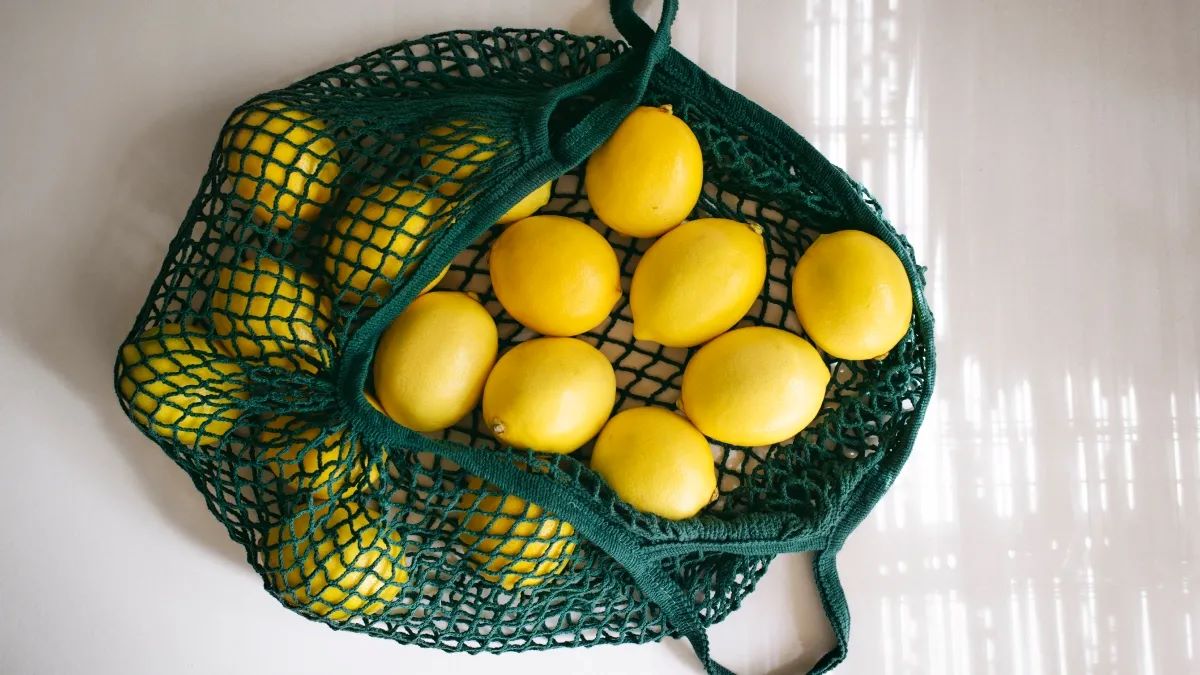
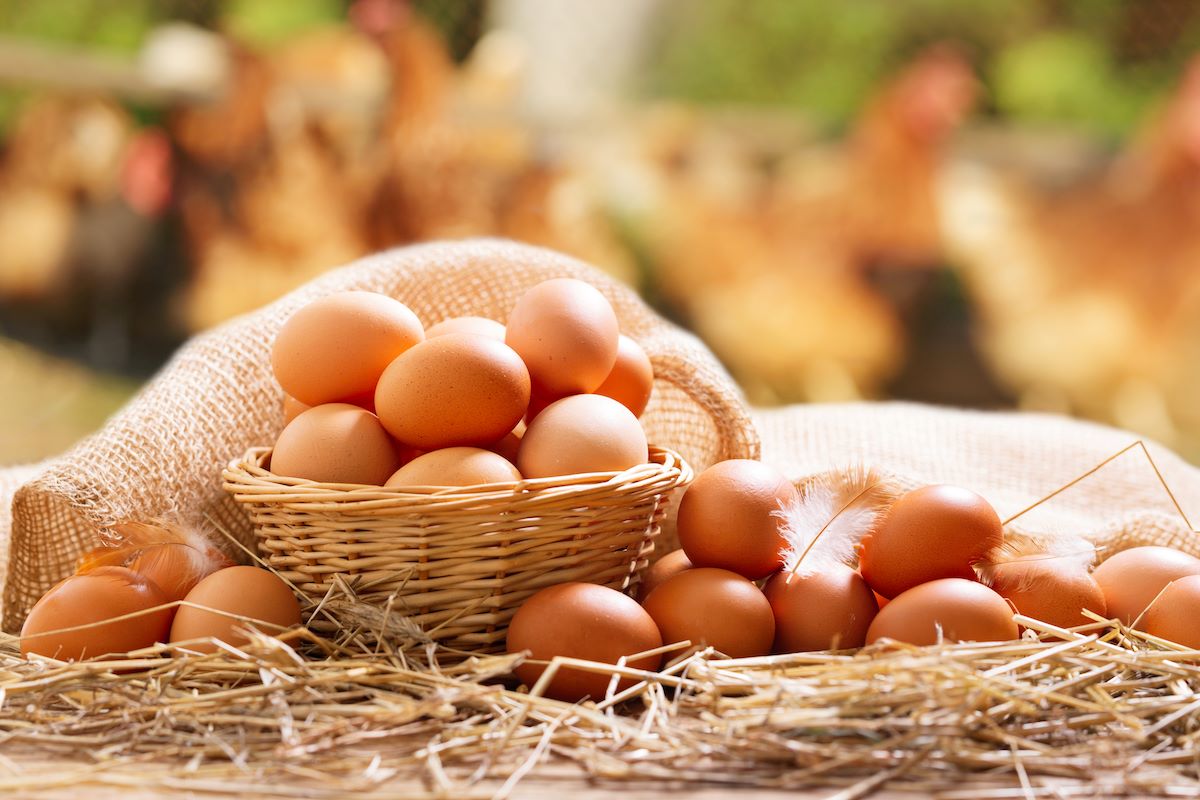
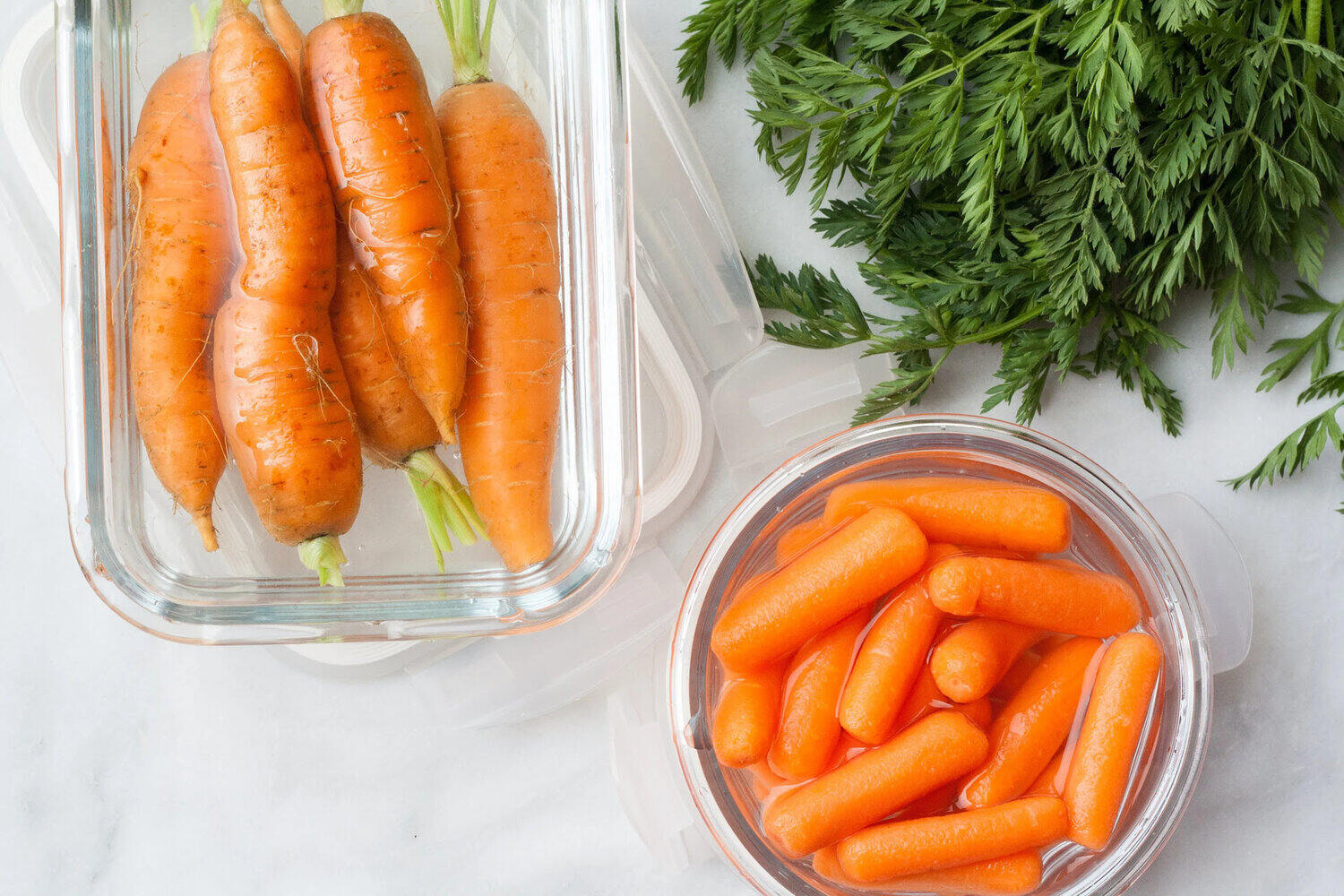
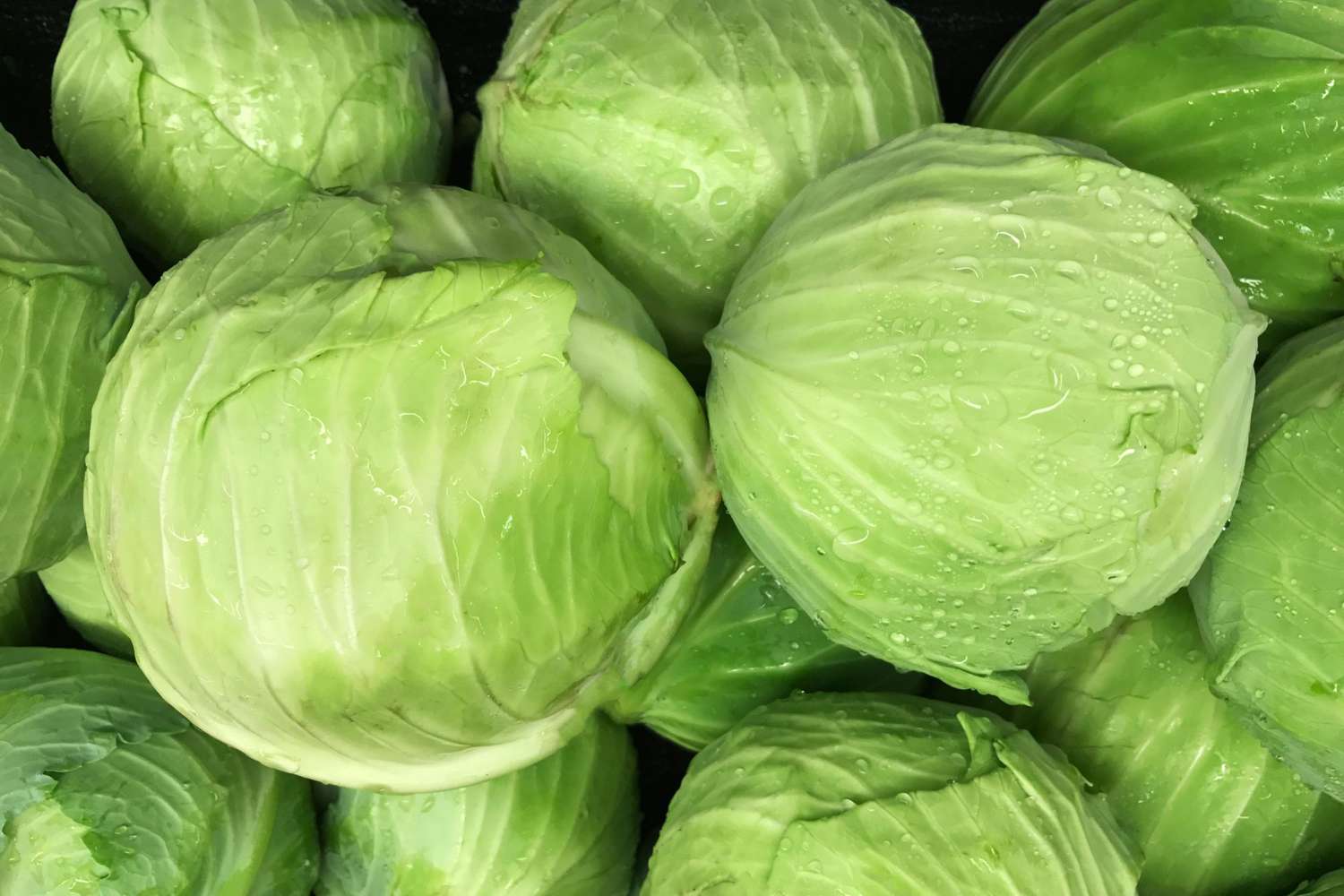
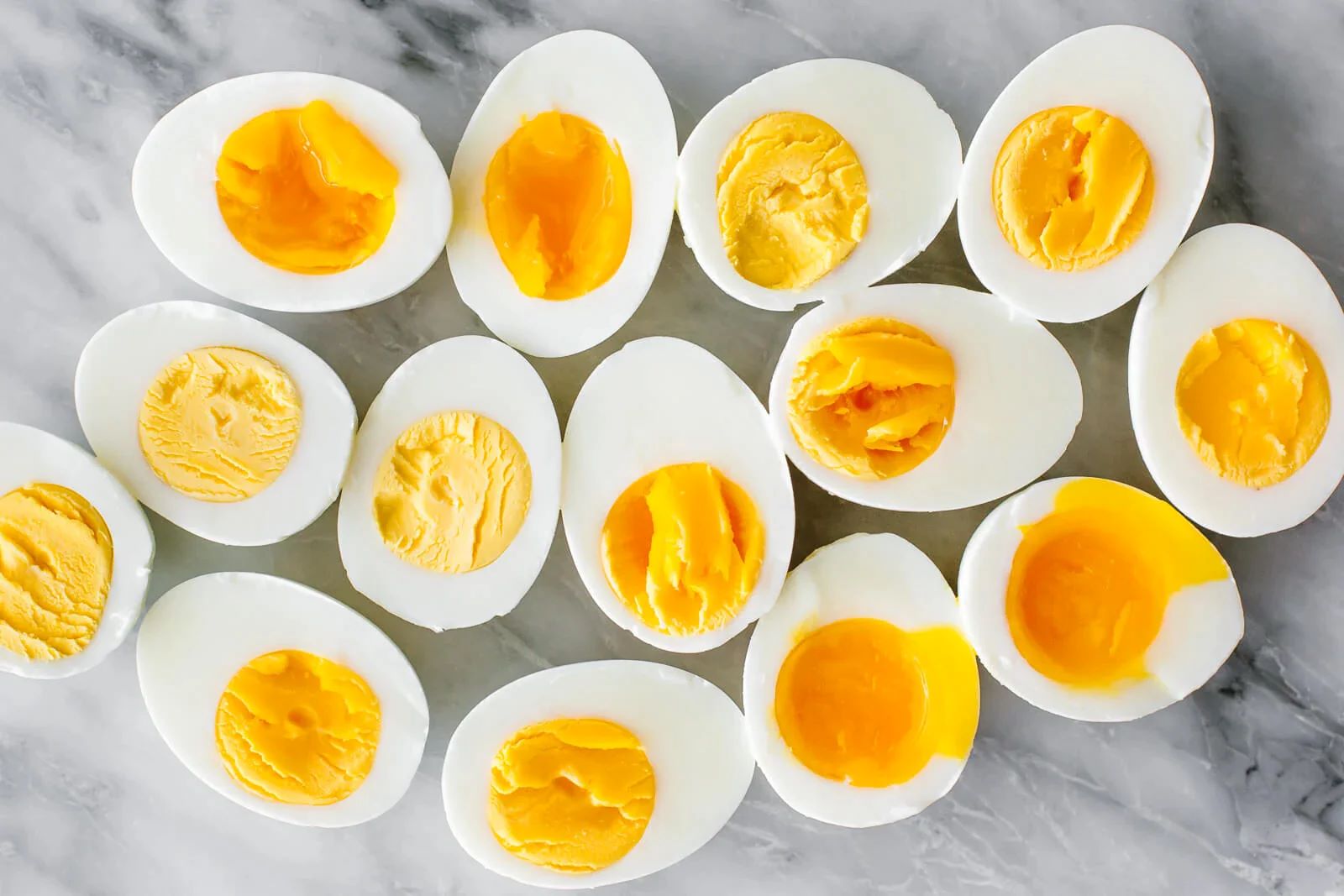
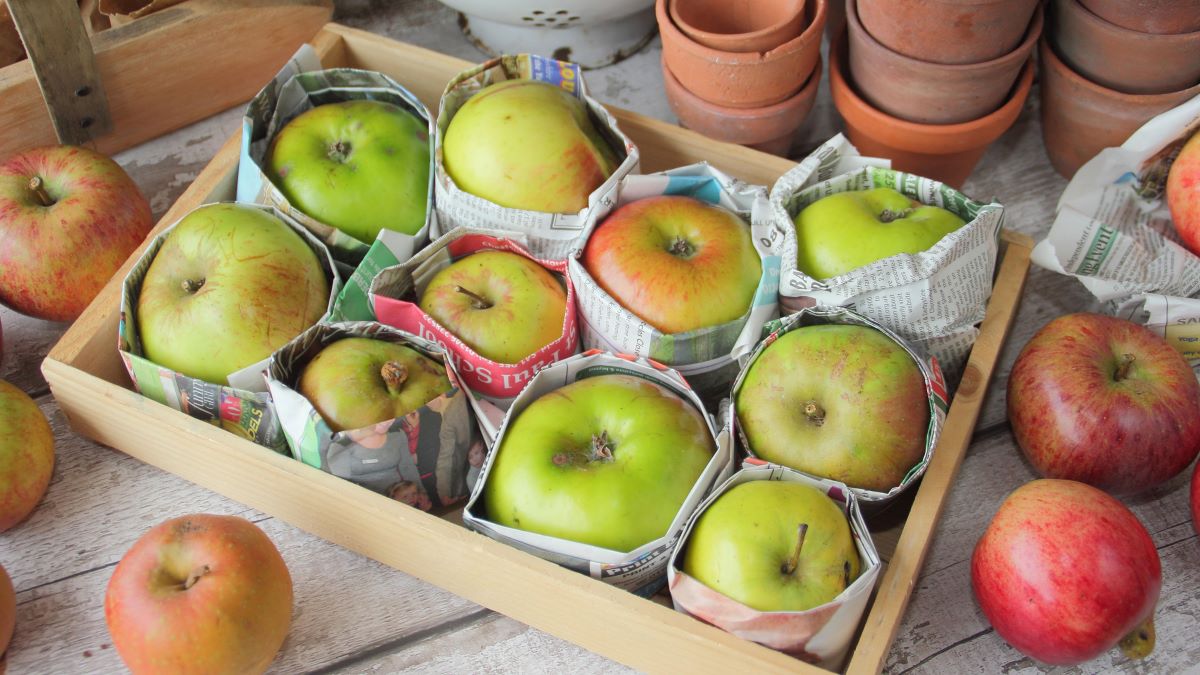
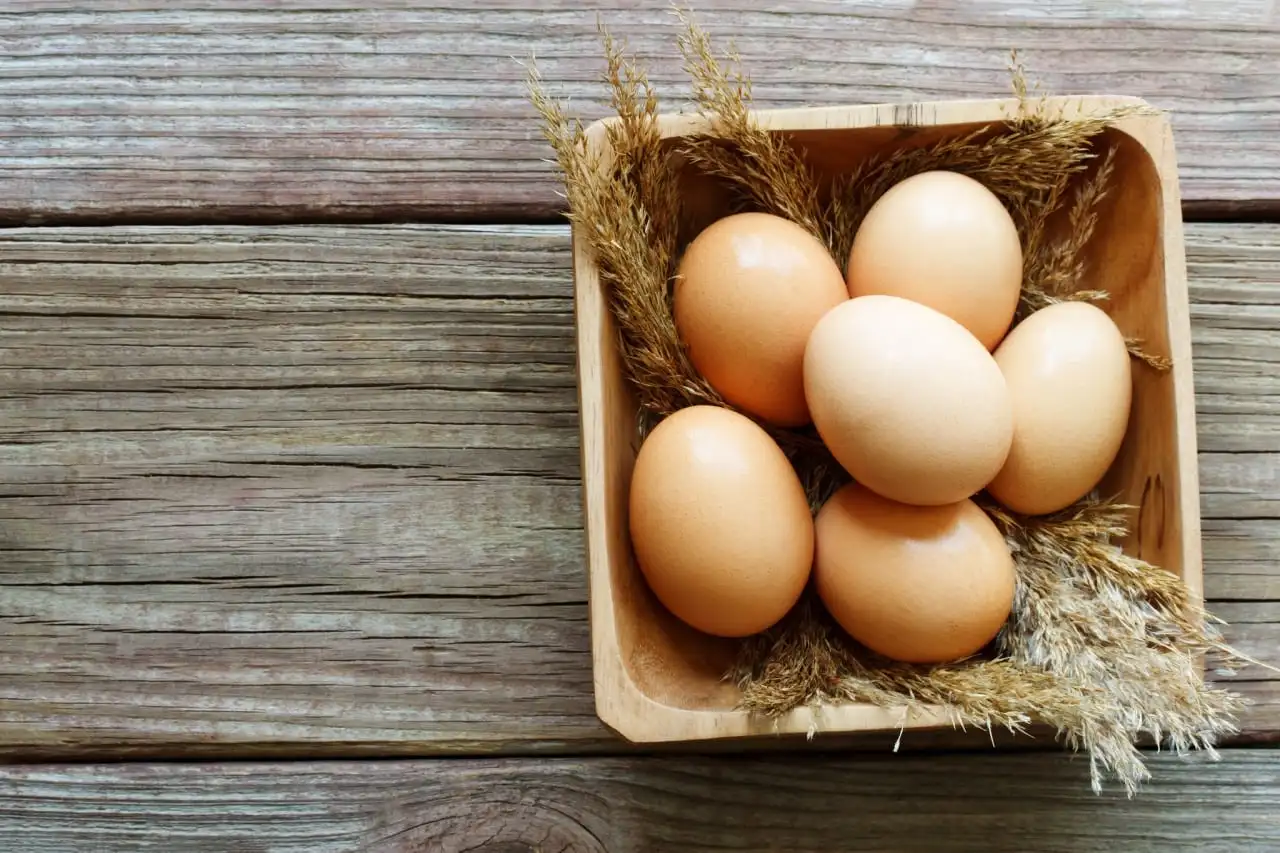
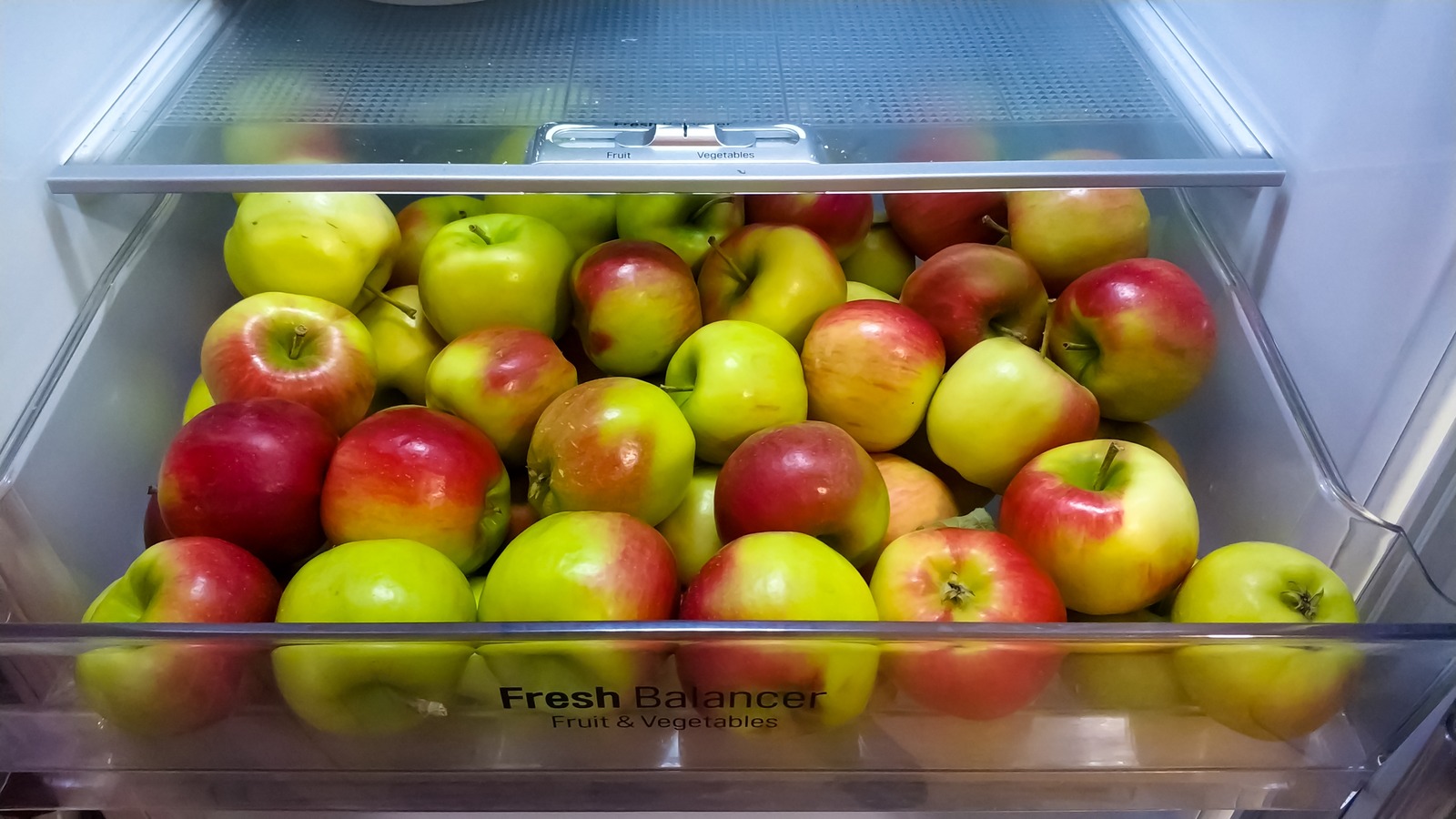
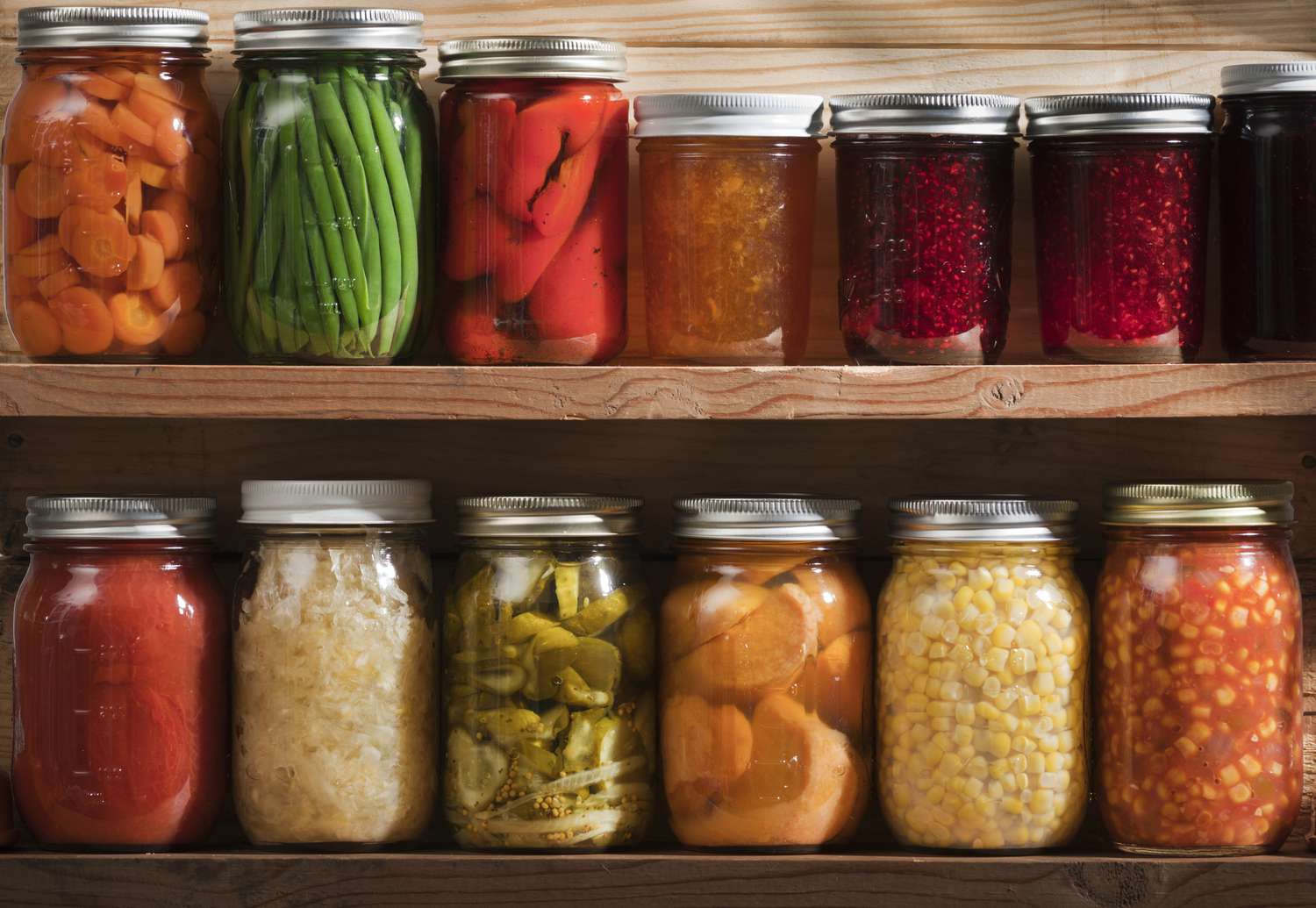
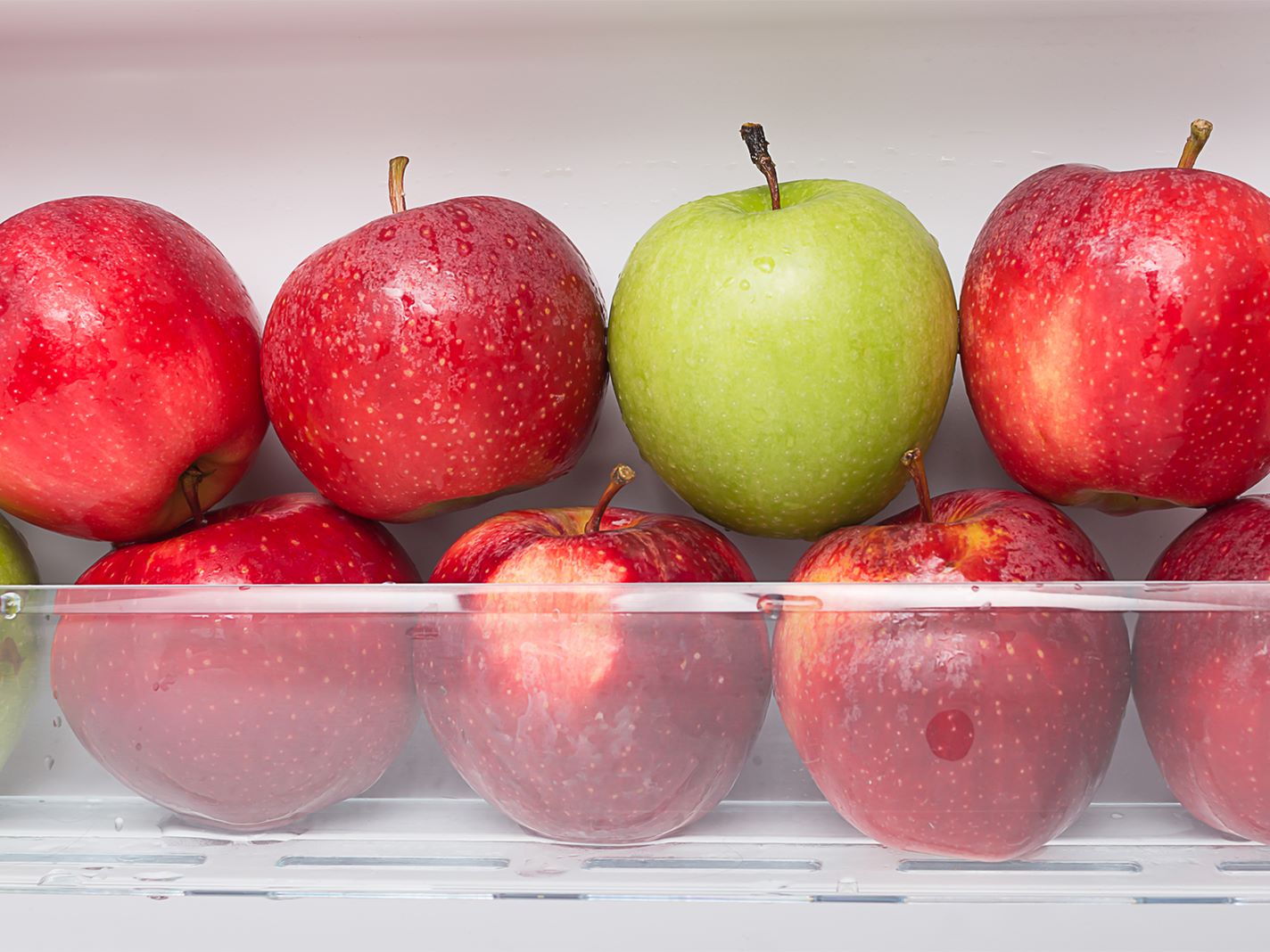
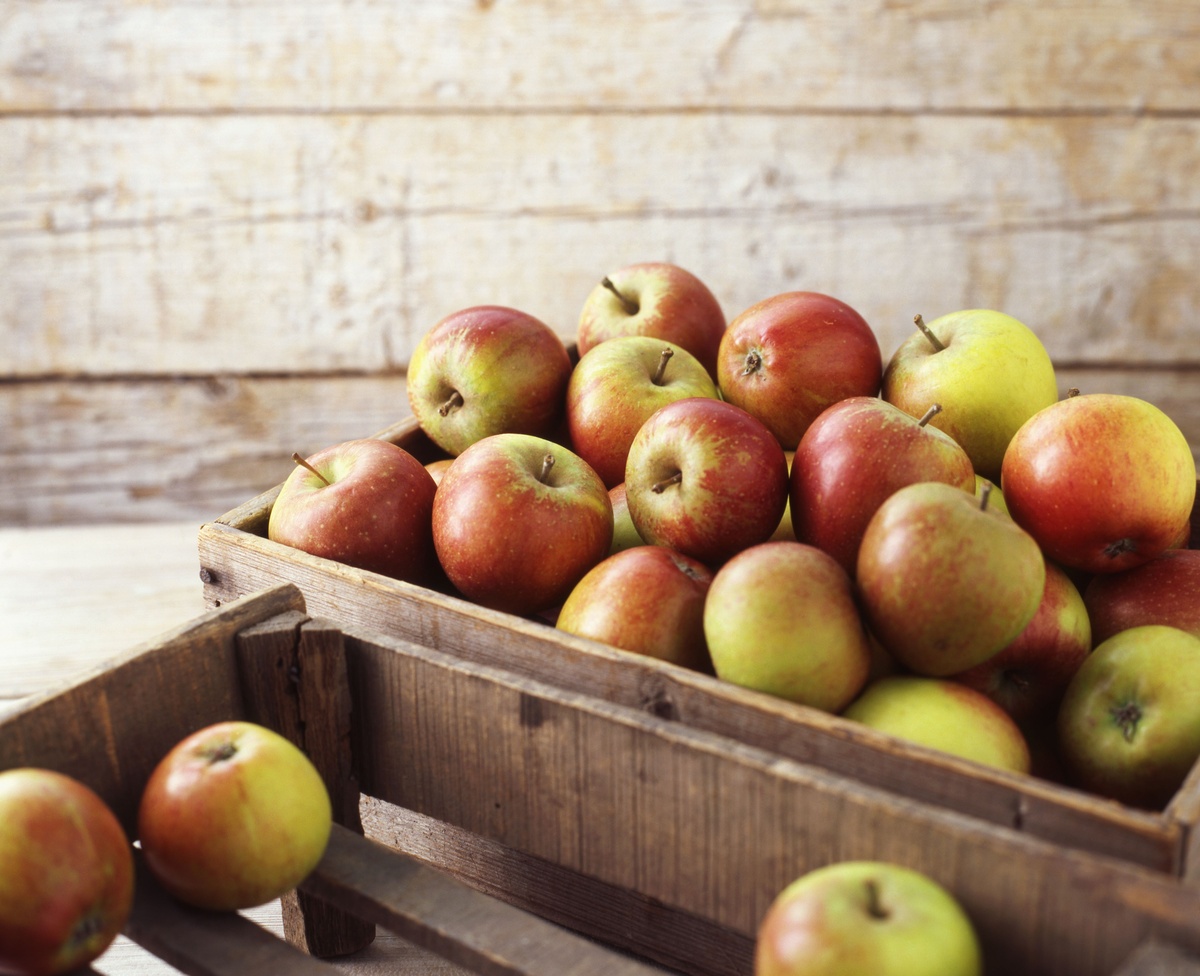

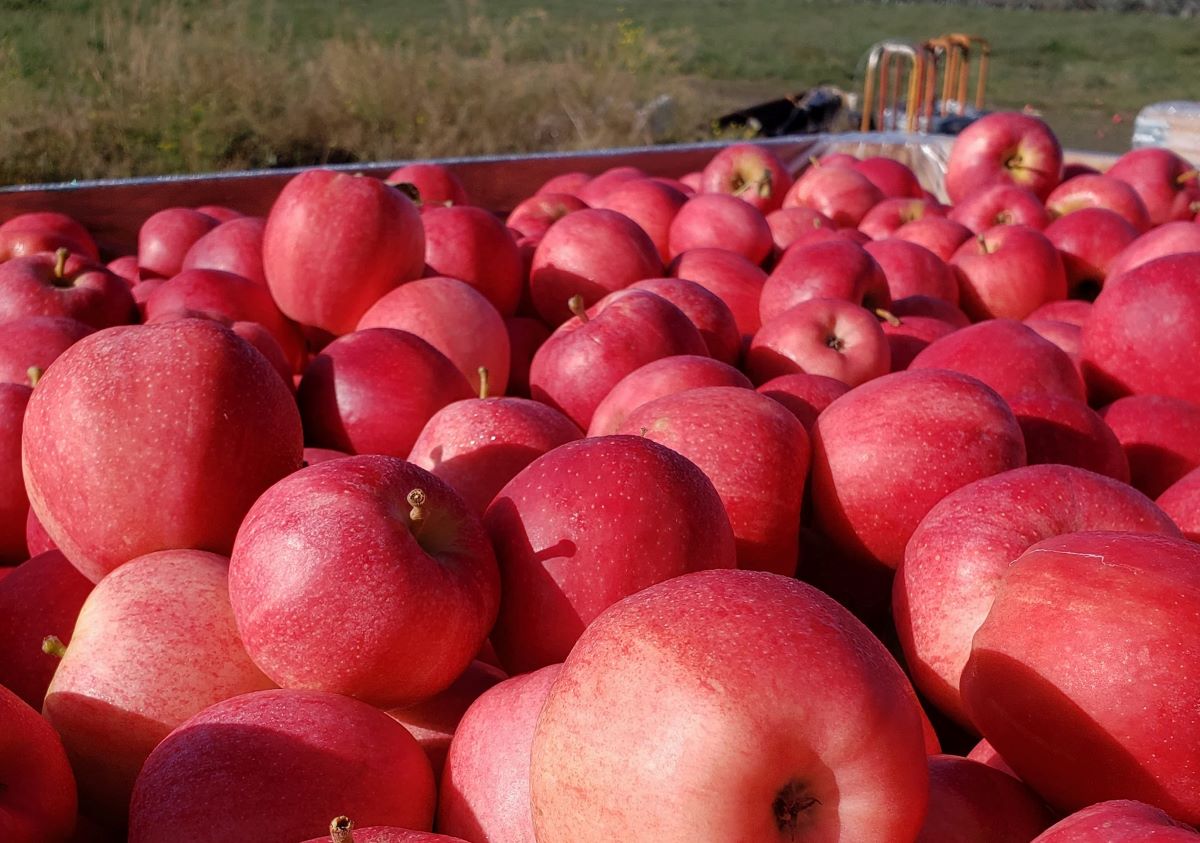

0 thoughts on “How To Store Apples Without Refrigeration”